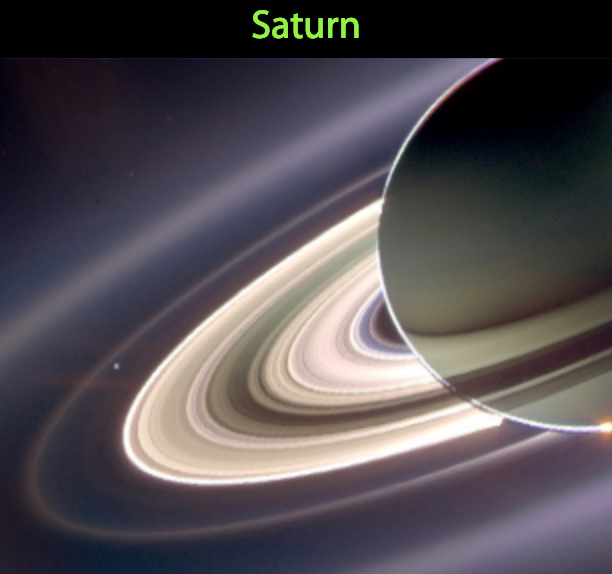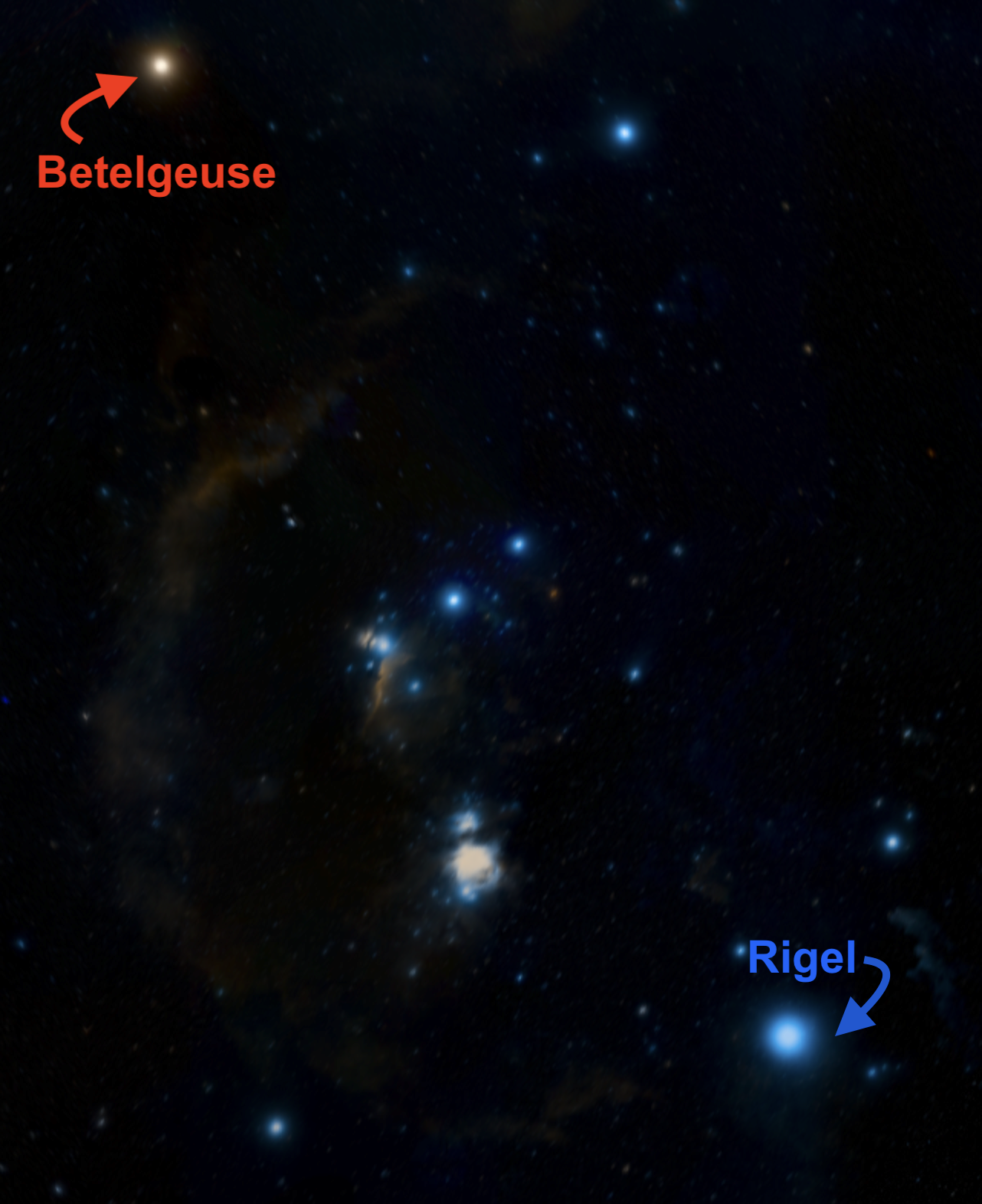You can click here to replay the Session 3 tutorial later if you need a refresher on this content.
Session 4.
How can spectra tell us what things are made of?

Stars and planets are too far away for a human to touch, yet we know what they are made of. Spectra make this possible! Let’s investigate how.
Challenge 1—Part I.
A different kind of emission
In Session 3, we explored thermal emission—light given off by all objects due to their temperature.
Now let’s consider a different kind of light emission by comparing the spectra of two light bulbs shown here.
- Both these types of bulbs emit light in the visible part of the spectrum and can be used to light up a room. What are the key differences you observe in the bulbs’ spectra?
- Infrared radiation that is emitted by a lightbulb cannot be seen with our eyes, but still requires electricity to be produced. Based on the two spectra, which bulb is preferable for the environment? Explain why.
Write your answers in Challenge 1, Part I of your Spectrum Notebook.
Class Discussion
Return to instructor-led slideshow for a class-wide discussion on Line Emission.
After the discussion, continue to Part II
Challenge 1—Part II.
What gas is in lamp #1?
We have learned that elements and molecules all have their own chemical “fingerprint.”
- What type of gas is in lamp #1? (Use the drop-down menu to compare the spectrum of different atoms with the spectrum of the lamp.)
Write your answers in Challenge 1, Part II of your Spectrum Notebook.
Challenge 2—Part I
Atoms and Spectra
Atoms can interact with light in different ways. So far, we have explored how atoms emit light at specific wavelengths, as with hydrogen in the top panel.
The spectrum in the bottom panel results from a different type of interaction between atoms and light.
Examine these two spectra and answer the following questions:
- What do the hydrogen emission spectrum and the comparison spectrum have in common?
- In what ways are the hydrogen emission spectrum and the comparison spectrum different from each other?.
Write your answers in Challenge 2, Part I of your Spectrum Notebook.
Class Discussion
Return to instructor-led slideshow for a class-wide discussion on line absorption.
After the discussion, continue to Part II
Challenge 2—Part II.
What is the Sun made of?
The Sun’s absorption lines tell us what elements are present in its gas.
For example, we know that hydrogen is the most common element in a star.
- Use the dropdown menu to select the hydrogen (emission) spectrum.
- Identify three distinct wavelengths where absorption lines appear in both the Sun’s spectrum (top) and emission lines appear in the hydrogen spectrum (bottom).
Note: A particular element like hydrogen can either absorb or emit light. Either way, the lines will occur at the same specific set of wavelengths and can be used as the “fingerprint” for that element. - Use the dropdown menu to compare other atomic spectra with the Sun. Identify one other element that is present in the Sun based on the absorption and emission spectra.
Write your answers in Challenge 2, Part II of your Spectrum Notebook.
Challenge 3.
What can we learn from the Earth’s spectra?
- Complete the table in Part I.
- Use the dropdown menu to view different types of Earth’s spectra (reflecton, emission, and transmission), and answer the questions in Parts II-IV of your Spectrum Notebook.
Use the dropdown menu to view different types of Earth’s spectra (emission, reflecton, and transmission), and answer questions about them in your Spectrum Notebook.
Challenge 4
What can we learn about other solar system objects from their spectra?
In the top graph, choose a reflection spectrum of a non-Earth solar system object.
Answer questions about it in your Spectrum Notebook.
Bonus.
What can we learn about other solar system objects from their spectra?
In the top graph, choose a reflection spectrum of a second non-Earth solar system object.
Answer questions about it in your Spectrum Notebook.
Session complete
Nice work!
Check back in with your instructor for an end of class discussion.
Comparison Object

Comparison Object Name
More Light
Wavelength (Microns)


